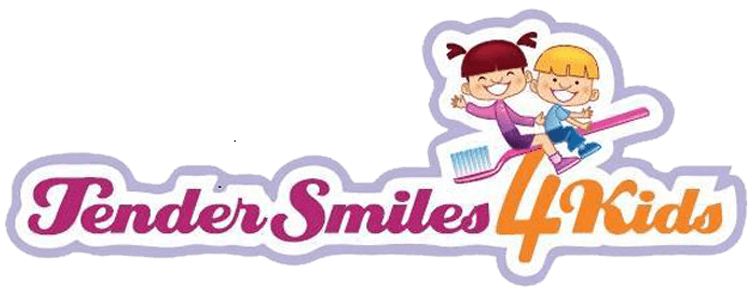Upper jaw expansion, also known as palatal expansion, is one of the most common treatments used in Phase 1 orthodontics. Unlike the orthodontic treatments of decades past, which waited to correct problems only after they emerged, the goal of Phase 1 treatment is to influence the jaw as it grows and develops in early childhood. To do this, we use palatal expander devices, or PEDs, to apply gentle, constant pressure that increases the width of the upper jaw.
When Is Upper Jaw Expansion Needed?
Palatal expanders are most effective in children under the age of 16, but we recommend starting Phase 1 orthodontic treatment around the age of 6-10 for best results. We advise families to begin upper jaw expansion treatments for their children in the following circumstances:
- When there is a crossbite. A crossbite refers to a bite in which the upper teeth bite inside the lower teeth, rather than the upper teeth biting around the outside of the lower teeth. This can cause facial asymmetry if left untreated.
- When overcrowding is evident or when it’s clear that once the primary teeth fall out, there will not be sufficient room for the adult teeth to erupt.
- When a patient breathes through the mouth rather than the nose because of a narrow or deep jaw.
If upper jaw expansion isn’t done during childhood, surgery may be needed later in life, as palatal expander devices are not a viable treatment option for adults. Surgical procedures to widen the jaw are much more involved, and pose many more risks, than palatal expander devices, which is why early treatment is ideal.
How Do Palatal Expander Devices Work?
Children’s upper jaws are comprised of two separate bones that fuse together to form one single bone structure during adolescence. Palatal expanders use this fact to their advantage—they’re not breaking the bone, as some people think, but instead widening a gap that’s already there.
Palatal expander devices are attached to the upper molars on both sides of the mouth. There are two separate pieces that are slowly pushed apart when a key is turned. As a parent, turning the key is your job—we’ll show you how to do it and give you the key, which you’ll turn once a day, every day or as directed.
Because, as mentioned above, PEDs are not pushing apart bone that was once joined, there’s very little pain involved in upper jaw expansion. When the key is turned before bedtime, children are likely to fall asleep and then wake up in the morning without noticing any ill effects. Very rarely, some children may complain about the feeling of pressure in the jaw, but this discomfort is minor. Parents are more often concerned about the pain caused by turning the key each night than their children!
Learn More About Upper Jaw Expansion and Phase 1 Orthodontics
If you’d like to learn more about early orthodontic treatment or upper jaw expansion, contact us today to schedule an appointment with one of our orthodontists.

